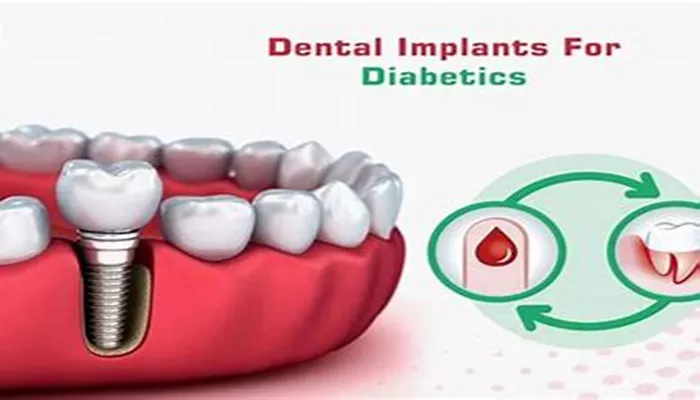Dental implants have revolutionized the way missing teeth are replaced, offering patients a durable, functional, and aesthetically pleasing restoration. Among the various types of dental implants, mini implants have gained popularity due to their smaller size, simpler procedure, and faster recovery time. However, many patients are curious about what mini implants look like and how they differ from traditional implants. This article aims to provide a comprehensive and science-based explanation of mini implants, addressing their appearance, structure, materials, placement process, and potential benefits.
Overview of Mini Implants
Mini implants, also known as small-diameter implants or micro-implants, are dental implants that are significantly smaller than traditional implants. They are typically used to support small dental prostheses, such as single crowns or partial dentures, rather than full-arch restorations. Mini implants have a diameter of 1.8 to 3.3 millimeters, which is significantly smaller than the standard 3.5 to 5.0 millimeters for traditional implants. Despite their smaller size, mini implants are equally effective in providing stable support for dental prostheses.
What Mini Implants Look Like?
Mini dental implants are smaller versions of traditional dental implants, typically used to replace teeth in areas where there is limited space or bone density. They are also sometimes used for securing dentures in place. Here’s what they look like:
1. Size and Shape
Smaller Diameter: Mini implants typically have a diameter of 1.8 to 3.3 mm, much smaller than regular implants, which usually range from 3.5 to 6 mm.
Screw-Like Structure: Like regular dental implants, mini implants have a screw-like structure made of biocompatible materials such as titanium. The screw is designed to be placed into the jawbone, where it fuses with the bone over time (osseointegration).
2. Components
Implant Body: The main portion of the mini implant is a small, cylindrical screw that is inserted into the jawbone. It has threads to allow it to securely anchor into the bone.
Ball Attachment or O-Ring: On top of the implant body, mini implants typically have a ball-shaped attachment that can hold dentures or a prosthetic tooth in place. This ball or similar attachment is used to secure dental appliances, like a denture, making it more stable.
3. Appearance
Visibly Small and Discreet: Because they are smaller, mini implants are less noticeable in the mouth, especially when used for securing dentures or as part of a less invasive procedure.
Metallic Finish: The visible portion of the mini implant is usually made of titanium, so it has a metallic color and sheen. If the implant is covered by a crown or a denture, it will be hidden from view.
4. Use in Dentures
Dentures: Mini implants are often used for securing dentures, especially in cases where there isn’t enough bone for larger implants. The ball attachment on top of the mini implant fits into a corresponding socket on the denture, providing a secure fit.
Materials Used in Mini Implants
Titanium and titanium alloy are the most commonly used materials for mini implants. These metals are chosen for their excellent biocompatibility, corrosion resistance, and mechanical properties. Titanium integrates well with bone tissue through a process called osseointegration, which involves the formation of a direct bond between the implant surface and the surrounding bone. This bond is strong and durable, ensuring that the implant remains securely anchored in place over time.
In addition to titanium, some mini implants may be coated with a ceramic material or a hydroxyapatite coating to enhance osseointegration. These coatings improve the wettability of the implant surface, making it more attractive to bone cells and promoting faster and more effective bone integration.
Placement Process of Mini Implants
The placement of mini implants is a relatively simple and straightforward procedure that can be performed in a single visit.
The process typically begins with a consultation, during which the dentist evaluates the patient’s oral health and jawbone density to determine if mini implants are a suitable option. If the patient is deemed a good candidate, the dentist will proceed with the placement procedure.
During the placement process, the dentist will use a local anesthetic to numb the area where the implant will be placed. A small incision may be made in the gum tissue to access the jawbone. The dentist will then use a surgical drill to create a hole in the jawbone that is slightly larger than the diameter of the mini implant. The implant is then carefully inserted into the hole and tightened into place using a wrench or a torque-limiting device.
In some cases, the abutment may be attached to the implant immediately after placement. Alternatively, the abutment may be attached during a second visit, after the implant has had time to osseointegrate with the surrounding bone. Once the abutment is in place, the dentist can proceed with the fabrication of the dental prosthesis, such as a crown or partial denture.
Potential Benefits of Mini Implants
Mini implants offer several potential benefits compared to traditional implants. They are smaller and less invasive, which means that the placement procedure is less painful and requires less recovery time. Mini implants can also be placed in areas where there is limited bone density, making them a suitable option for patients who may not have enough bone to support traditional implants.
Additionally, mini implants can be used to support smaller dental prostheses, such as single crowns or partial dentures, which can be more aesthetically pleasing and functional for some patients. They are also less expensive than traditional implants, making them a more affordable option for patients on a budget.
Conclusion
In conclusion, mini implants are a viable option for patients seeking a durable, functional, and aesthetically pleasing restoration for missing teeth. While they are smaller than traditional implants, they are equally effective in providing stable support for dental prostheses. With their simple design, biocompatible materials, and straightforward placement process, mini implants offer a convenient and cost-effective solution for patients seeking to improve their oral health and quality of life.
Related topics:

